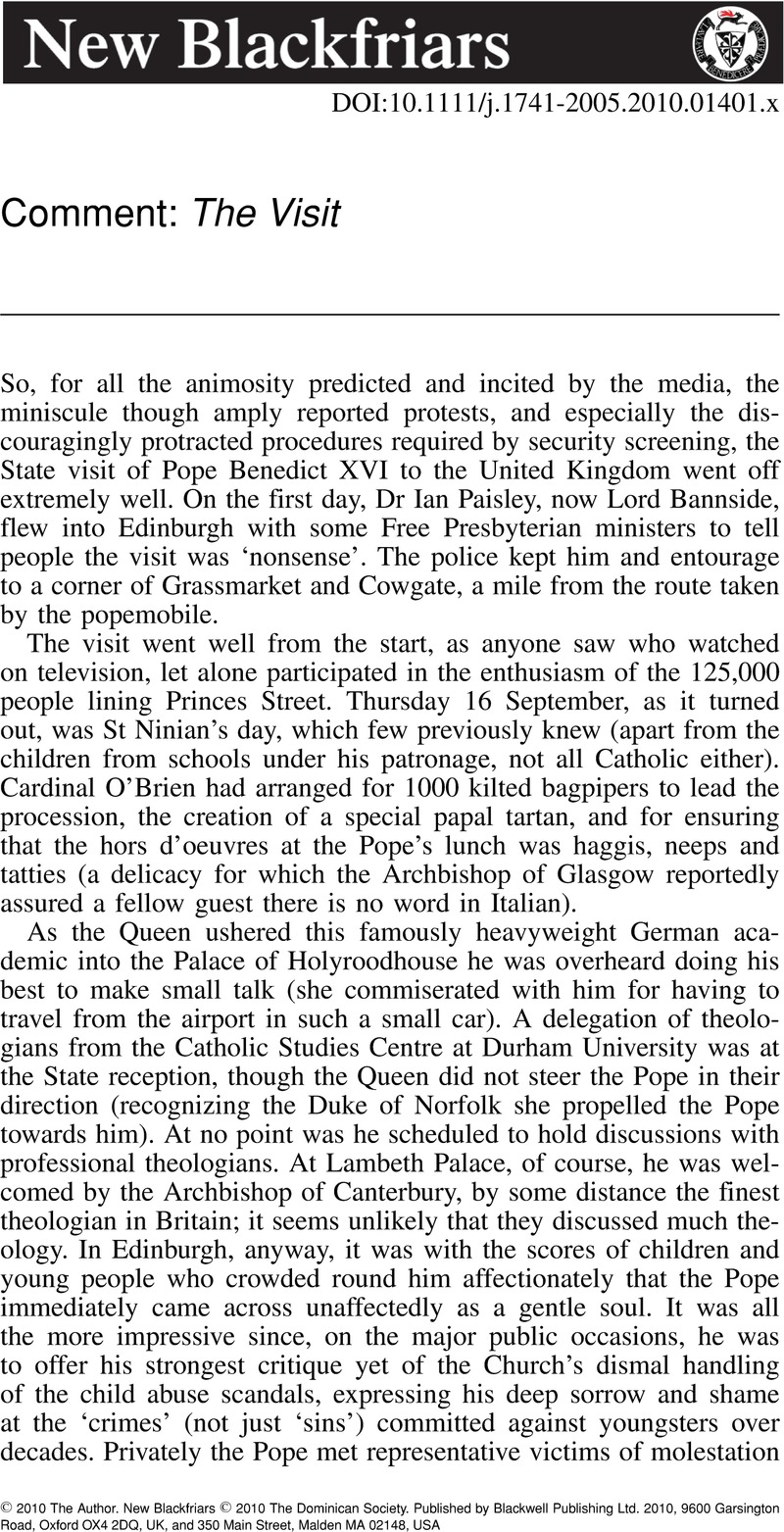No CrossRef data available.
Article contents
Abstract
An abstract is not available for this content so a preview has been provided. Please use the Get access link above for information on how to access this content.

Information
- Type
- Original Articles
- Information
- Copyright
- Copyright © 2010 The Author. New Blackfriars © 2010 The Dominican Society.

